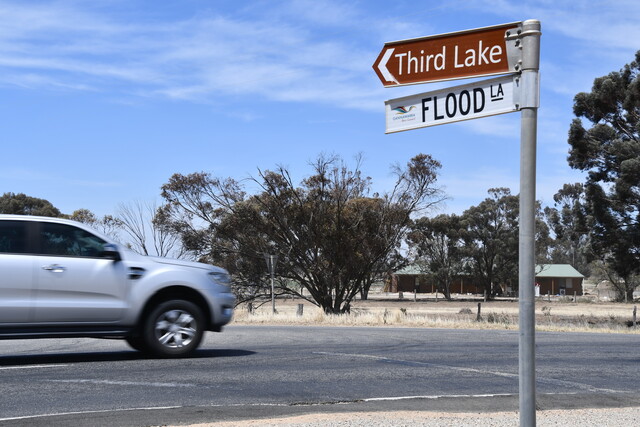
KERANG and district residents are being told to expect a flow down the Loddon River similar to the recent September flood.
“The take home message from today is it’s going to be a similar height to the last flush that’s just leaving us at the moment,” Gannawarra Shire Council infrastructure director, Geoff Rollinson told about 80 people at a meeting in Kerang on Friday.
The Loddon River at Appin South was expected to peak around 3.2 metres last night, after reaching 3.17 metres in September.
The Loddon River in Kerang began rising slowly on Sunday and had reached 76.63 metres yesterday morning, with a peak slightly above the minor flood level of 77.0 metres expected late this week.
During the last flush, the river peaked at 76.96 metres on October 1.
SES incident controller Andrew Gill told the Kerang meeting that flood wardens were being consulted regularly.
“Our reliance is on the local flood wardens, and that’s why we have the understanding it’s not going to be more serious than the September event,” he said.
A community meeting was also held in Quambatook on Friday to update locals about the status of the Avoca River.
The expected peak of 2.30 metres was close to the mark, with the river peaking at 2.35 metres early on Monday, just below the major flood level of 2.40 metres.
The river previously peaked at 2.18 metres on September 22.
Flooding has forced the closure of the Quambatook-Boort Road.
Goulburn-Murray Water official, Ross Stanton updated residents about the authority’s management of flows into the Kerang Lakes.
He fielded questions about why more water from the Loddon River couldn’t be diverted into the Kerang Lakes at the Kerang Weir Pool.
He said 1000 megalitres a day was currently being diverted into the lakes, and there were no immediate plans to increase that amount.
“In flood events, we hold air space in the Kerang Lakes until such time as water is almost breaching banks downstream in the Loddon and the Sheepwash Creek and then we release water into the lakes,” he said.
“In big flood events we wind everything up and surcharge the Kerang Lakes then surcharge Kangaroo Lake.”
Mr Stanton said Kangaroo Lake was filling, but Lake Cullen was being kept in reserve for potential future flooding events.
“Lake Cullen provides us with a significant amount of floodplain storage. Right at the moment these are only small floods, but if we get a major flood we would like to have it in our back pocket, so we won’t put any water in there yet,” he said.
Benjeroop flood warden, Lindsay Schultz also addressed the meeting, saying airspace was needed in the Kerang Lakes to prevent widespread flooding around Benjeroop in a major flood.
“18,500 megalitres fit under the bridge at Kerang but only 10,500 megalitres fit under the bridge at Benjeroop, so having airspace to put water through the lakes is the only way that the system will work,” he said.
“That is the most important part of the whole mitigation system, to use those lakes as a cushion.”







